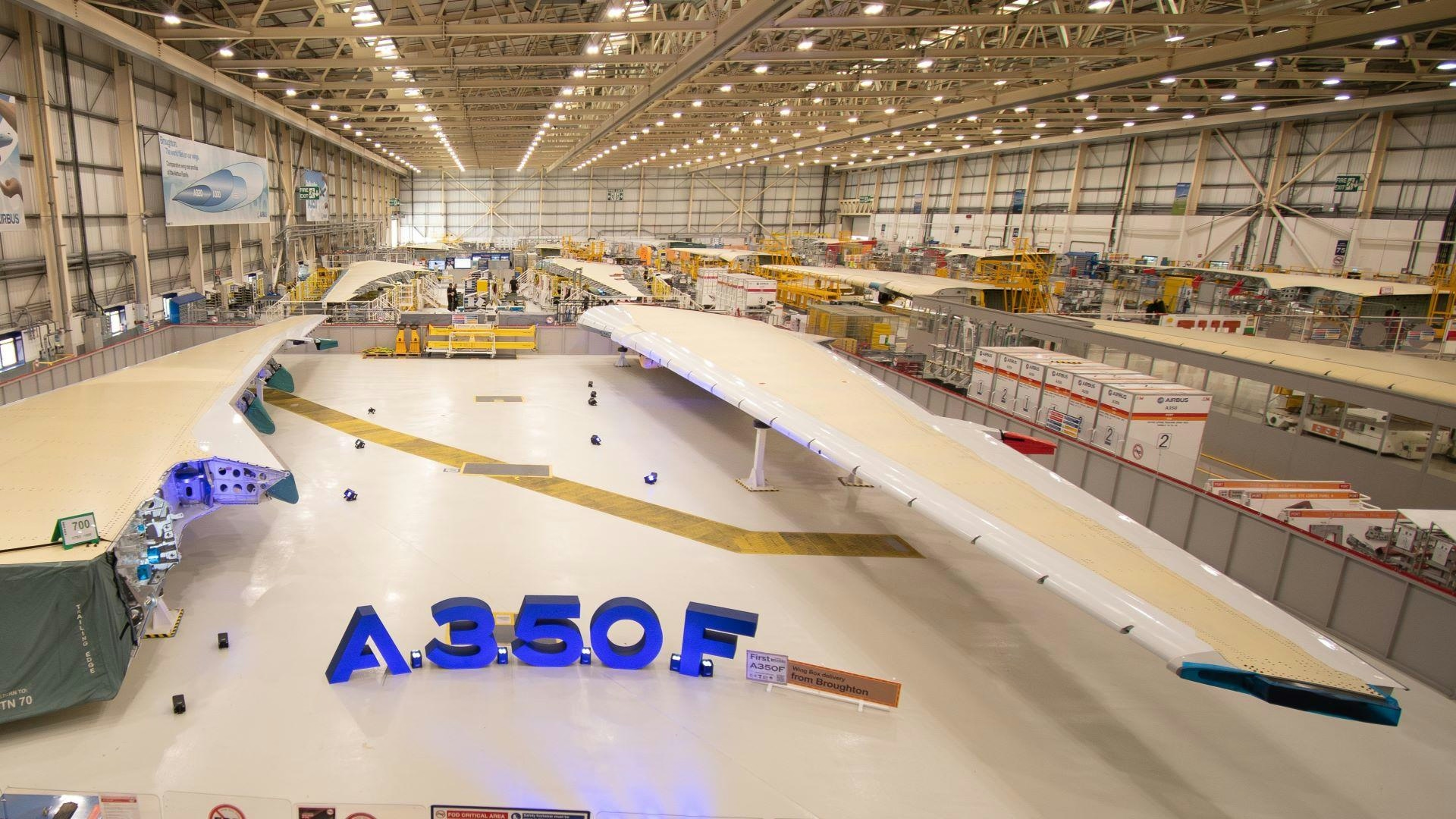
AeroGenie: il tuo copilota intelligente.
Tendenze
Categories
Turkish Airlines Takes Delivery of First Boeing 737 MAX 8 from CDB Aviation
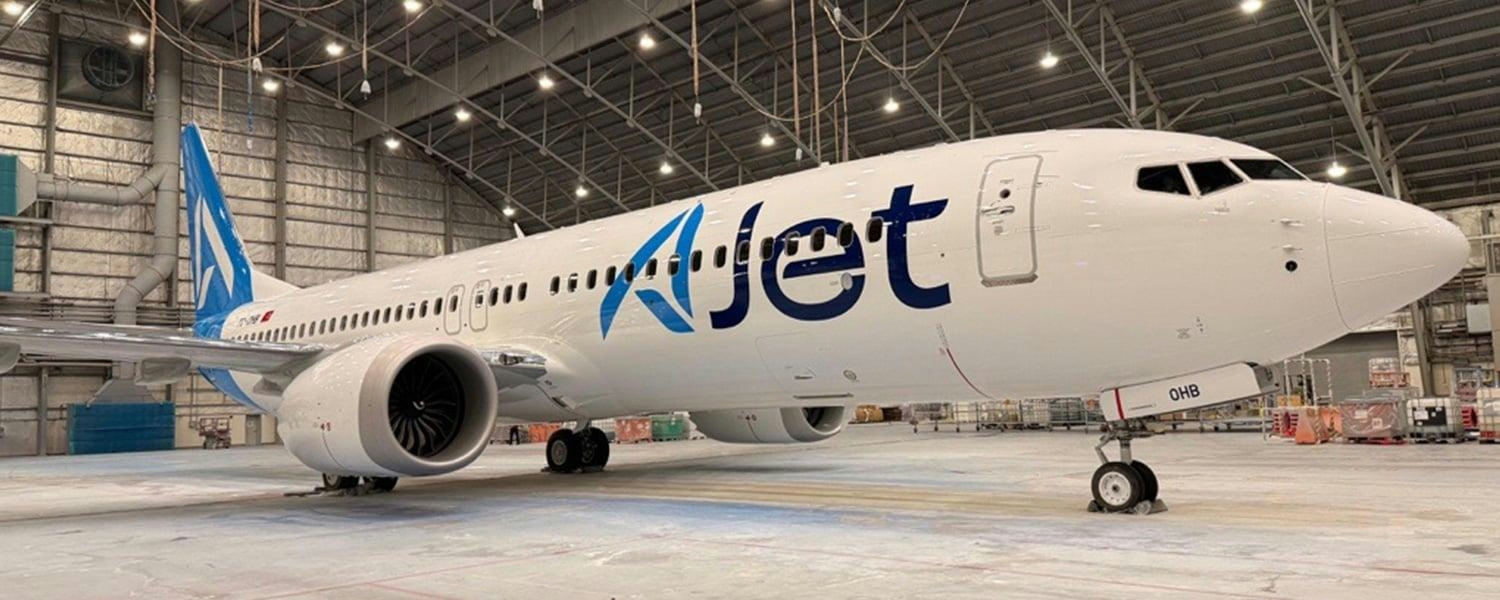
Turkish Airlines Takes Delivery of First Boeing 737 MAX 8 from CDB Aviation
Fleet Expansion and Strategic Partnership
Turkish Airlines has received its first two Boeing 737 MAX 8 aircraft from CDB Aviation, the Irish subsidiary of China Development Bank Financial Leasing, marking the initial delivery under a twelve-aircraft agreement finalized in 2023. This acquisition represents a significant step in Turkish Airlines’ ongoing efforts to expand and modernize its fleet with more fuel-efficient models. The new aircraft, powered by CFM International Leap-1B engines, will be incorporated into the fleet of AJet, Turkish Airlines’ wholly owned low-cost subsidiary. The full complement of twelve aircraft is expected to join AJet between 2025 and 2026, supporting the airline’s ambition to strengthen its position in the global budget aviation market.
The delivery underscores the deepening collaboration between Turkish Airlines and CDB Aviation. Jie Chen, Chief Executive of CDB Aviation, emphasized the importance of this partnership, stating that the stream of MAX 8 deliveries will contribute significantly to AJet’s goal of becoming a major player in the low-cost aviation sector worldwide. This transaction further solidifies CDB Aviation’s role as a leading global lessor, providing airlines with the capacity to enhance operational efficiency and environmental performance.
Industry Context and Market Implications
The timing of these deliveries coincides with a period of intense competition and shifting dynamics within the aviation industry. Turkish Airlines’ acquisition strategy, which includes innovative financing mechanisms such as Islamic finance, reflects a broader trend among carriers seeking flexible solutions to navigate regulatory challenges and fluctuating market demand. This approach may serve as a model for other airlines facing similar pressures.
The introduction of the 737 MAX 8s also aligns with Boeing’s recent positive momentum. In July, Boeing reported strong delivery figures alongside a reduction in financial losses, signaling a steady recovery in its commercial aviation business. These developments are likely to influence market sentiment and prompt strategic responses from competitors as airlines accelerate efforts to modernize their fleets and secure new aircraft ahead of schedule.
For Turkish Airlines and its subsidiary AJet, the addition of these narrow-body aircraft enhances their capacity to meet growing passenger demand and intensifies their competitiveness in the low-cost travel segment. As the airline continues to expand and modernize, the partnership with CDB Aviation and the integration of the latest Boeing models are poised to play a crucial role in shaping its future market position.

Emirates to Install Starlink for Free Onboard Wi-Fi Starting November

Material Support for GAMIT Reaches Record High

Pratt & Whitney Produces Enough Engines for Airbus to Meet 2025 Delivery Goal
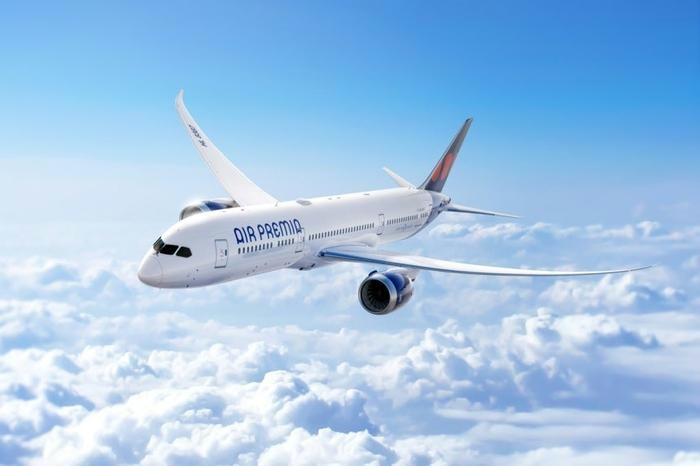
Air Premia Adds Fourth Spare Engine to Improve Operational Safety

CDB Aviation Leases Two 737 MAX 8 Jets to Ethiopian Airlines

EU Proposes Draft Rules for AI Use in Aviation
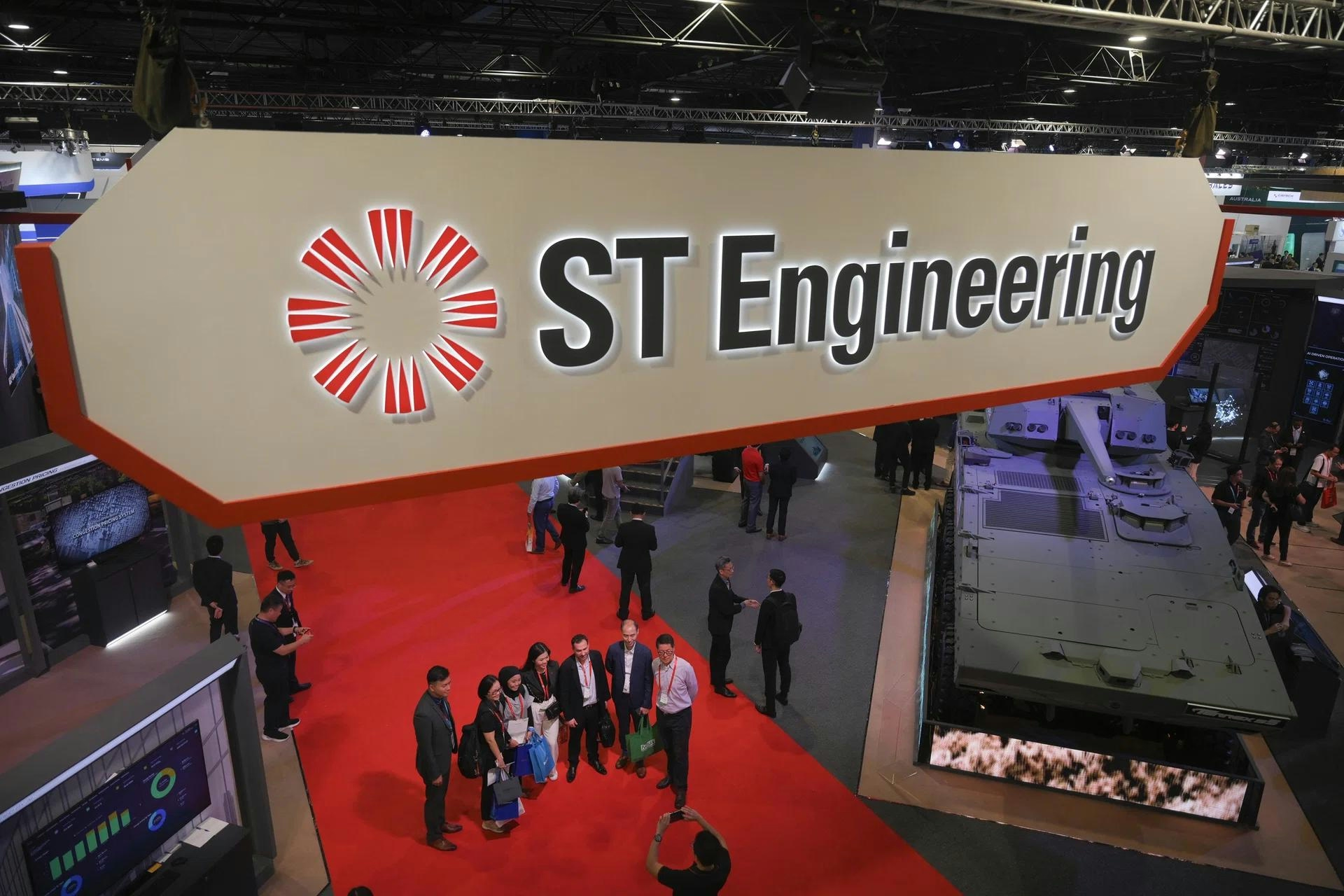
ST Engineering Sells 49% Stake in Shanghai MRO Joint Venture to China Eastern Airlines for 680.5 Million Yuan
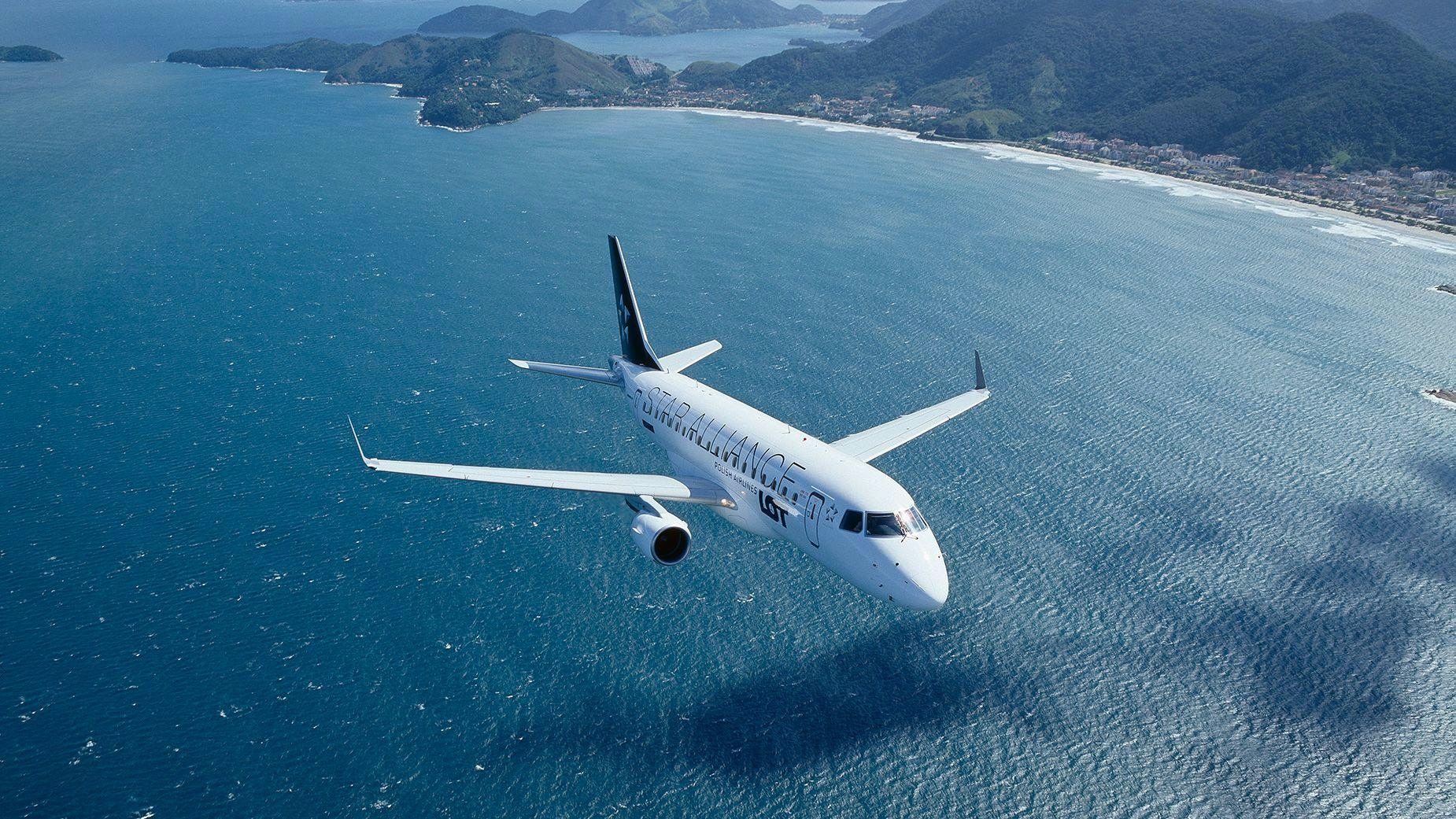
Long-Range Narrowbody Jets Unlikely to Diminish Middle Eastern Demand
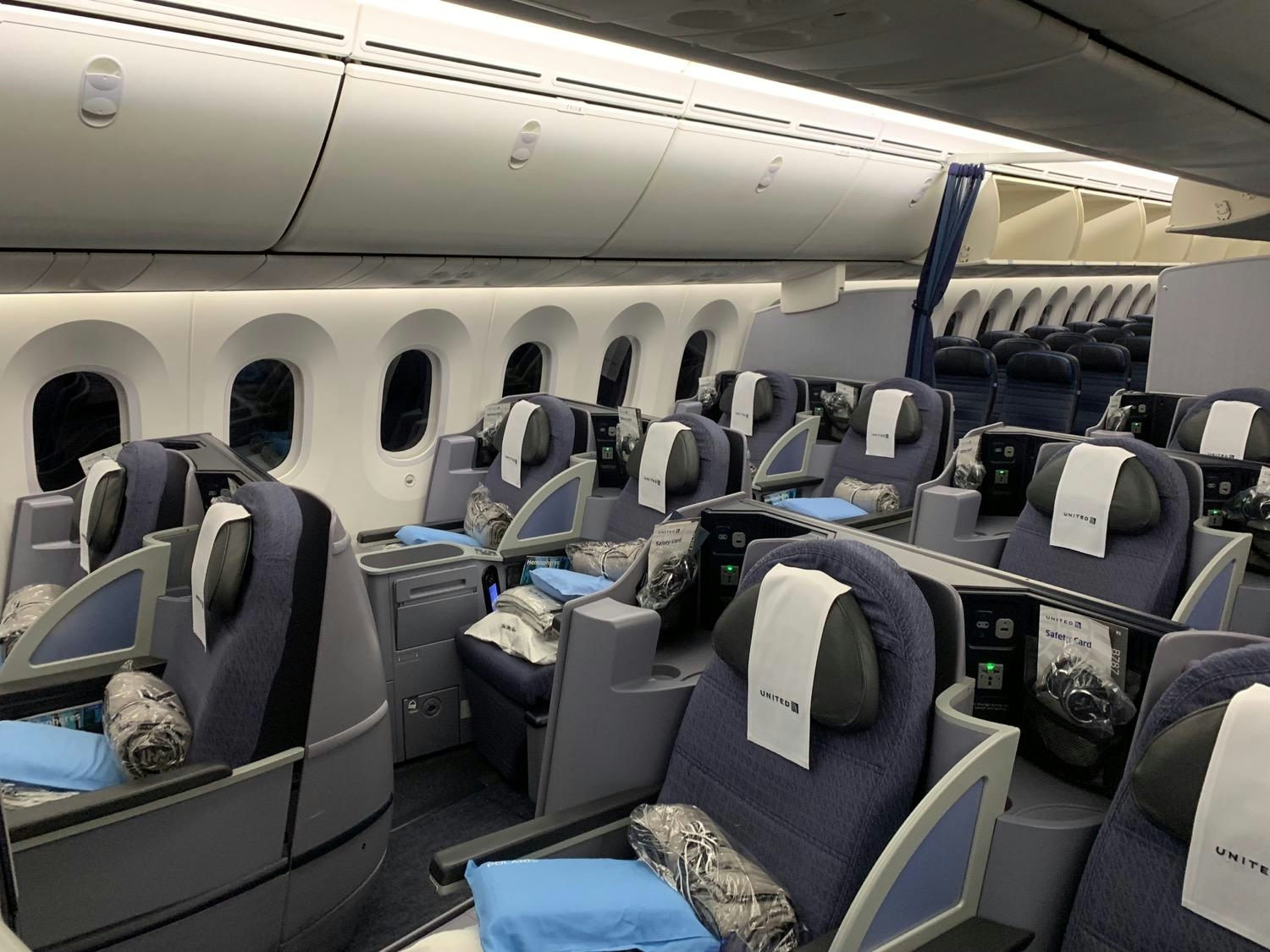
United's Dreamliner Trio: Unveiling The Top Routes For Each 787 Variant
